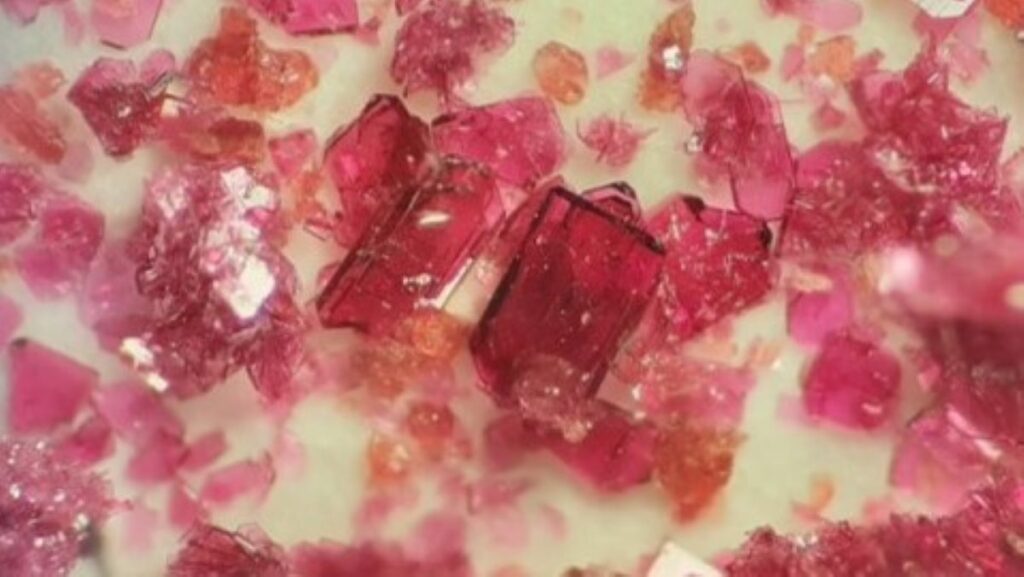
There is still no evidence that crystals have any therapeutic properties. But this does not mean that it is not an important part of other areas of research. Here are 5 things scientists did with crystals in 2024 — and a sixth crystal mystery solved.
These pink crystals use magnets to supercool hydrogen
Researchers have created a material capable of cooling materials to -253 degrees Celsius using magnets, which is enough to liquefy hydrogen.
They say their research could provide a cheaper and more sustainable way to supercool hydrogen fuel for storage and transport.
Read more
Lithium batteries are becoming more durable thanks to hotter crystals
Researchers have discovered a way to grow crystals that they say could be able to power a lithium-battery electric car for a million kilometres.
Read more
Wave or spiral? A falling snowflake affects the forecast
The motion of falling snowflakes can be used to help predict precipitation, according to a new study.
The research, which modeled 3D-printed ice crystals falling into glycerin, could be used to improve weather and cloud forecasts.
Read more
Deep ocean crystals reveal clues about the origins of life
Nanometer-sized crystals located more than 5 kilometers under the sea’s surface in the Mariana Trench hold clues about the origins of life, researchers said.
The self-organizing nanostructures found around hydrothermal vents could function in ways that produce electricity.
Read more
A transistor smaller than a nanometer made by crystal growth
Researchers have built a transistor smaller than a nanometer.
They discovered how to produce metallic materials 0.4 nanometers wide and a few tens of micrometers long, which they then incorporated into tiny transistors.
Read more
Solve the mystery of building the Crystal Palace, which took 190 days
This isn’t a Crystal Science story in quite the same sense as the others on the list — the Crystal Palace was made of glass, not crystals — but it’s such a strange story that we can’t help but share it again.
The Crystal Palace was a modern engineering feat when it was constructed in 1851, and many people wondered how such a gigantic building could be constructed in just 190 days.
Now, researchers think they’ve figured it out: the key is in the screws.
Read more







